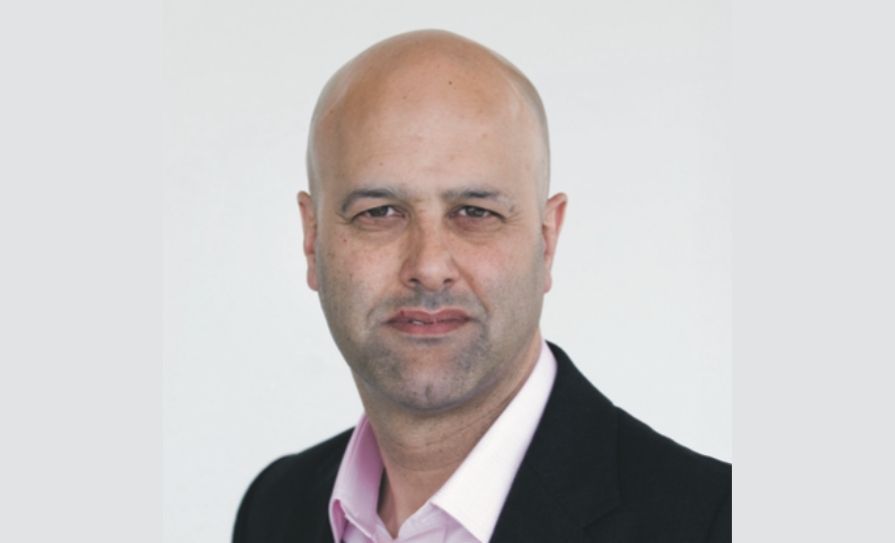The number of whole- time-equivalent (WTE) public health doctors is more than 40 below the number recommended by the Labour Relations Commission (LRC) Agreement in 2003, new data provided to the Medical Independent (MI) reveals.
According to the 2003 LRC agreement, there should be at least 130 WTE public health doctors in Ireland.
At the time, the figure included 40 senior medical officer (SMO) posts, but SMOs would not have the specialist qualifications and public heath training held by specialists in public health medicine.
According to data supplied to MI by the HSE, there are almost 97 WTE public health specialists in Ireland currently (excluding SMOs).
The HSE in 2019 launched a rolling campaign nationally and internationally as part of increased efforts to recruit specialists in public health medicine.
The Covid-19 pandemic has highlighted the importance of public health as a specialty.
According to the IMO, the absence of consultant status for specialists is a deterrent to recruitment.
In 2003 the population of Ireland was under four million.
With the population now just under five million, the IMO said public health staffing levels should be adjusted accordingly.
Furthermore, the HSE data highlights the ageing public health workforce. In mid-2019, some 72 per cent of specialists in public health were aged 50 or older.
The breakdown reveals that 28 per cent were aged under 50, some 37 per cent were aged between 50 and 57, and 35 per cent were 58 or older.
A HSE spokesperson said: “It is not possible to give an accurate reflection of the number of public health doctors due to retire in the next five years as most public health doctors can now retire between the ages of 60-to-70, depending on their contract. They are required to give one month notice.”
However, in early 2019 the HSE estimated that between 2019 and 2023, some 23 specialists in public health medicine could retire, assuming an average retirement age of 62 years.
At the end of February, there were five WTE vacancies for specialists in public health medicine in departments of public health. A further 4.6 WTE SMO positions were also vacant.
A total of 10 WTE specialists in public health and four WTE directors of public health were the “new starters” in the HSE’s departments of public health and Health Protection Surveillance Centre between the start of March last year and the end of February this year.
“Any pre-Covid-19 vacancies are currently filled through the additional doctors employed or redeployed to respond to Covid-19. We continue to respond to recruitment needs identified by departments of public health as they arise in relation to Covid-19 response on an ongoing basis,” added the spokesperson.
There are currently 10 directors of public health, 42 specialists in public health medicine and 31 specialist registrars in public health nationally, based on headcount data.
There are also 42 (headcount) other HSE-employed directors and specialists in public health working in different areas, such as the National Screening Services, National Cancer Control Programme and the National Immunisation Office, the spokesperson added.













Leave a Reply
You must be logged in to post a comment.